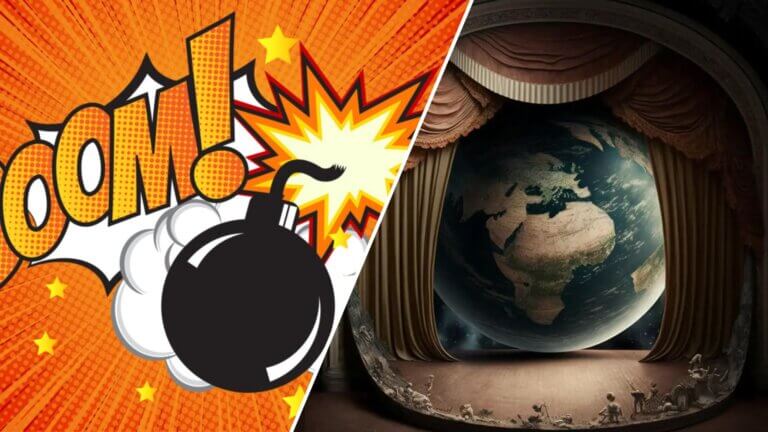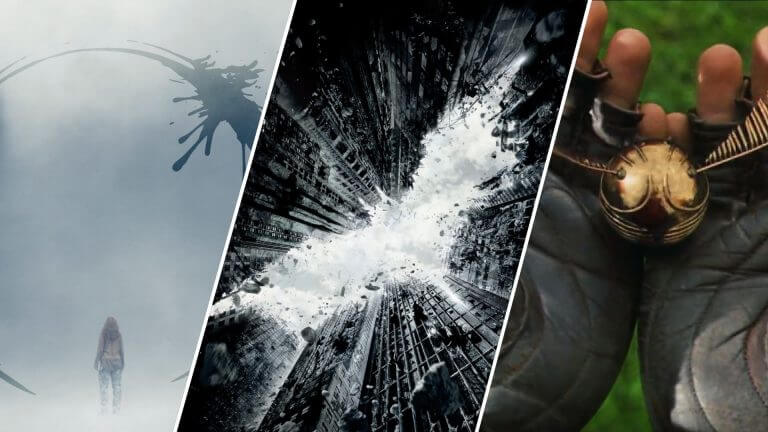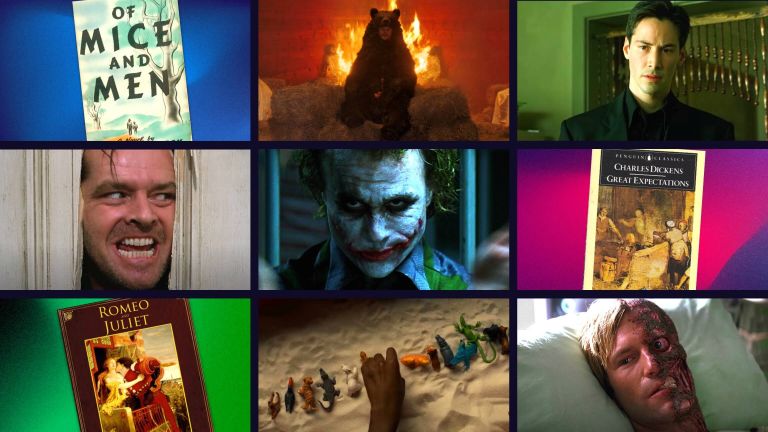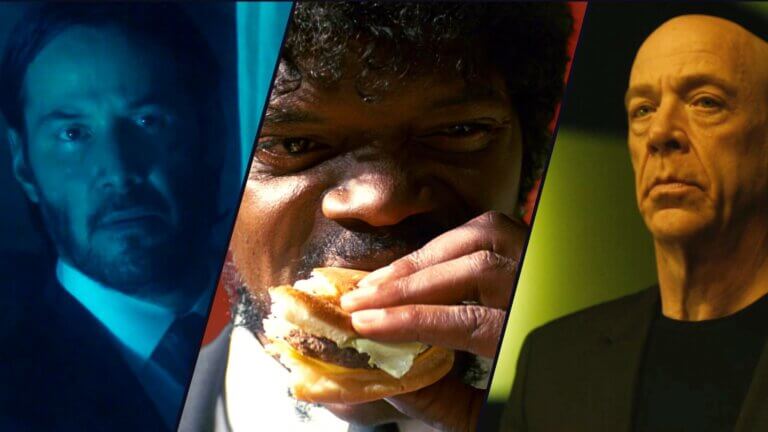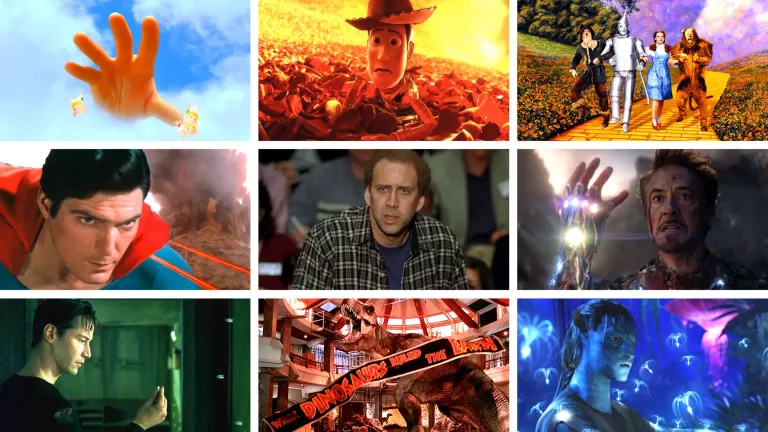What is prose? What is the difference between prose and poetry, and what does prose mean, exactly? To answer these questions, we must first explore the meaning of prose and its defining characteristics. We’ll explore this literary concept and look at some examples to demonstrate how it shapes storytelling and communication.Continue reading What is Prose — Definition and Examples in Literature
The world would be a lot more boring without figurative language. Look at your favorite novel, essay, monologue, script– you’re guaranteed to find at least a few figurative language examples. But what is figurative language? And what are its different types? We’re going to answer those questions by outlining a figurative language definition alongside a myriad of examples. Now, let’s define figurative language, see what forms it can take, and how it can be used! Continue reading 7 Types of Figurative Language (With Examples)
We all know that conflict is needed to keep viewers engaged, to create an emotional response, and to ultimately, push the story forward. Without conflict in a story, the film, show, or novel, may seem a bit, well, boring. It’s also true that conflict can be defined by all of the “types” that exist — internal, external, people vs people, people vs society, etc. And while all of those things are helpful, it’s not a fully developed definition. This article takes a macro perspective, answering what is conflict in a story by highlighting why we need it in the first…
Satire is one of the most useful tools writers can use to comment on the follies of humanity and the evils that exist in the world. We’re going to look at some satire examples in literature and movies to gain a better understanding of the term. By seeing how satire is used in a variety of mediums, we’ll be better prepared to apply it in our own projects. But first, let’s start by jumping through a portal to the past to see where satire began.Continue reading Satire Examples in Literature and Movies Explained
What is a protagonist? What makes a story truly memorable? Often, it's the protagonist—the driving force who takes us on an unforgettable journey. Many refer to it as the leading character in a story. But is the protagonist something more? Or something less? To understand the definition fully, we need to look at how different types of protagonists are used in screenwriting. This will help us understand, what is a protagonist, and which type works best for our scripts.Continue reading What is a Protagonist — Definition & Examples for Screenwriters
Symbolism can create an indelible impression on an audience. Symbolism runs through literature, poetry, and screenwriting. But what is symbolism? In this article, we’ll define symbolism and show how symbols change over time. We’ll explore symbols by looking at common examples in literature and film.Continue reading What is Symbolism? Definition & Examples
Have you ever watched a movie with a plot twist that left you stunned, only to rewatch it and realize the subtle clues were there all along? This storytelling technique is called foreshadowing. But what is foreshadowing exactly? Is it merely dropping hints, or is it something more powerful? This article explores foreshadowing in literature and film, defining its types, analyzing famous foreshadowing examples, and revealing how master storytellers from William Shakespeare to Christopher Nolan use this device to craft unforgettable stories.Continue reading What is Foreshadowing — Definition, Examples in Film and Lit.
Plot is the backbone of any great story. But what is a plot exactly? In this guide, we’ll explore the plot definition, how it differs from a story, and the essential elements of a plot that make a narrative compelling. Whether you’re writing a novel, screenplay, or short story, understanding plot meaning and different plot types—from linear plots to nonlinear storytelling—is key to crafting unforgettable stories.Continue reading What Is a Plot? Types of Plot, Definitions, and Examples
What is subtext? The age-old adage says that subtext is what’s inferred by reading between the lines, but how do we know what to look for? In this article, we’re going to define what subtext is, then look at some strong examples from screenplays. By the end, you’ll be ready to apply subtext into your own scripts.Continue reading What is Subtext — How to Use Subtext in Screenwriting
What does deus ex machina mean? Writers work hard to put their characters into terrible situations to find new and creative ways to get them out. It’s entertaining and it’s a sign of a great, organic story. Conflict needs to live and breathe. But conflict also demands resolution. Catharsis. But for some writers, that catharsis comes cheap. This post explores the deus ex machina meaning in film with a few examples. Let’s jump in. Continue reading Deus ex Machina — Meaning, Definition & Examples

